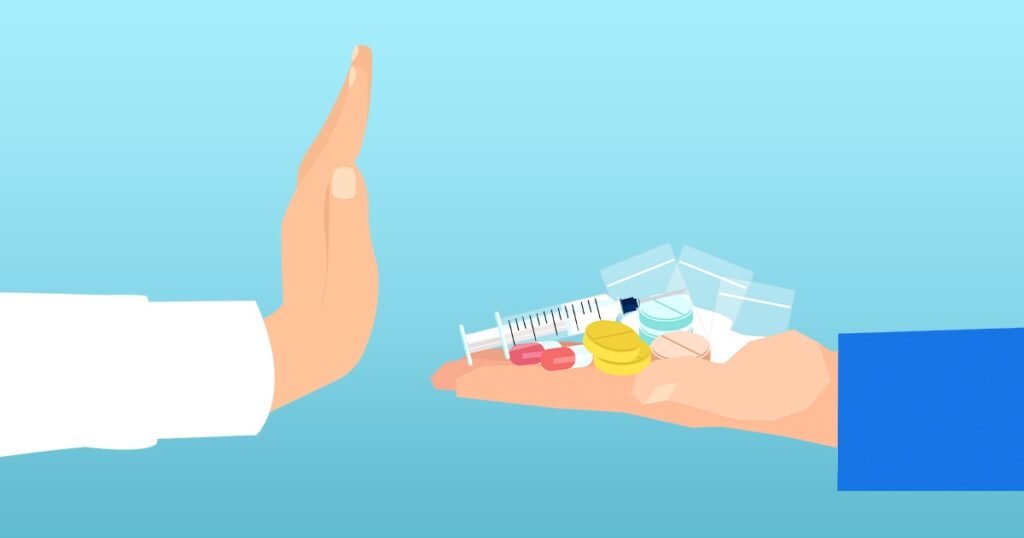Addiction treatment for adolescents requires a unique approach, as young people face different challenges and influences than adults. Preventing addiction and providing early intervention are critical to helping adolescents lead healthy, substance-free lives. There are prevention and intervention addiction treatment strategies for addressing addiction among adolescents.
Understanding Adolescent Vulnerability
Adolescents are at a critical stage of development, both physically and psychologically. Their brains are still maturing, particularly the prefrontal cortex, which is responsible for decision-making and impulse control. This makes them more susceptible to risky behaviors, including substance use.
Peer pressure, curiosity, and a desire for independence can also drive adolescents to experiment with drugs and alcohol. Understanding these vulnerabilities is essential for developing effective prevention and intervention strategies.
Prevention Strategies
1. Education and Awareness
Education is a cornerstone of addiction prevention. Providing adolescents with accurate information about the risks and consequences of substance use can help them make informed decisions. Schools, community programs, and parents all play a role in delivering this education.
Programs that include interactive elements, such as discussions, role-playing, and peer-led sessions, can be particularly effective. These approaches engage adolescents and make the information more relatable and impactful.
2. Building Resilience and Coping Skills
Teaching adolescents resilience and healthy coping skills can help them handle stress and peer pressure without turning to substances. Programs that focus on emotional regulation, stress management, and problem-solving skills are valuable.
Encouraging participation in extracurricular activities, such as sports, arts, and volunteer work, provides positive outlets for energy and creativity. These activities also offer opportunities to build supportive social networks.
3. Parental Involvement and Communication
Parents play a crucial role in preventing adolescent substance use. Open communication, setting clear expectations, and being involved in their children’s lives can make a significant difference. Parents should educate themselves about the signs of substance use and be prepared to have honest conversations with their children.
Creating a supportive and trusting home environment where adolescents feel comfortable discussing their concerns and experiences can prevent substance use. Parents should also model healthy behaviors and attitudes toward substance use.
4. School-Based Programs
Schools are an important venue for prevention programs. Implementing comprehensive substance use education as part of the curriculum can reach a broad audience. School-based programs should also address mental health and provide resources for students in need.
Peer mentoring programs, where older students support younger ones, can create a positive influence and promote healthy behaviors. Training teachers and staff to recognize the signs of substance use and intervene appropriately is also crucial.
Intervention Strategies
1. Early Identification and Screening
Early identification of substance use is key to effective intervention. Schools, healthcare providers, and parents should be vigilant in recognizing the signs of substance use. These signs may include changes in behavior, academic performance, social circles, and physical appearance.
Screening tools and assessments can help identify adolescents at risk of or currently experiencing substance use issues. Early intervention can prevent the escalation of substance use into addiction.
2. Counseling and Therapy
Counseling and therapy are essential components of addiction treatment for adolescents. Cognitive-behavioral therapy (CBT) is commonly used to help adolescents understand the thoughts and behaviors driving their substance use. CBT also teaches them coping strategies and healthier ways to deal with stress and emotions.
Family therapy is another important aspect of treatment. Involving the family helps address any underlying issues and creates a supportive environment for the adolescent’s recovery. It also educates family members about addiction and how to support their loved ones.
3. Peer Support Groups
Peer support groups provide a safe space for adolescents to share their experiences and support each other. Groups like Teen Addiction Anonymous offer a community of peers who understand the challenges of substance use and recovery.
These groups can reduce feelings of isolation and provide a sense of belonging, which is particularly important for adolescents. Peer support can also reinforce positive behaviors and motivate individuals to stay committed to their recovery.
4. Integrated Treatment Programs
Integrated treatment programs that address both substance use and any co-occurring mental health issues are essential for adolescents. Many young people with substance use disorders also struggle with conditions like depression, anxiety, or ADHD.
Comprehensive treatment plans that include therapy, medication management, and support services can address the complex needs of adolescents. These programs should be tailored to the individual and consider their unique developmental and social circumstances.
Conclusion
Preventing and intervening in adolescent substance use requires a multifaceted approach. Education, resilience-building, parental involvement, and school-based programs are key strategies for prevention. Early identification, counseling, peer support, and integrated treatment are crucial for effective intervention. By addressing the specific needs of adolescents and providing comprehensive support, we can help young people avoid addiction and lead healthy, fulfilling lives. Understanding and implementing these strategies is essential for protecting our youth and fostering a healthier future.
